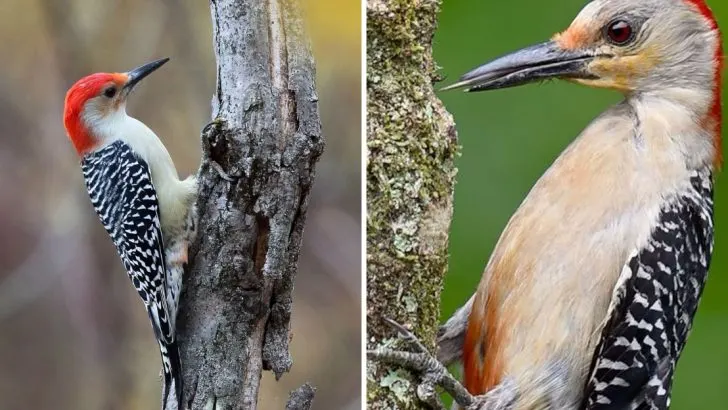Woodpeckers are some of the most fascinating and unique birds in the animal kingdom. With their distinct drumming sounds and acrobatic tree-climbing skills, these birds have captivated the curiosity of birdwatchers and nature enthusiasts alike.
But there’s more to woodpeckers than meets the eye! In this article, we’ll explore 11 incredible woodpecker facts that are sure to blow your mind. From their amazing adaptations for survival to their role in the ecosystem, you’ll discover why these birds are truly remarkable.
Drumming Communication
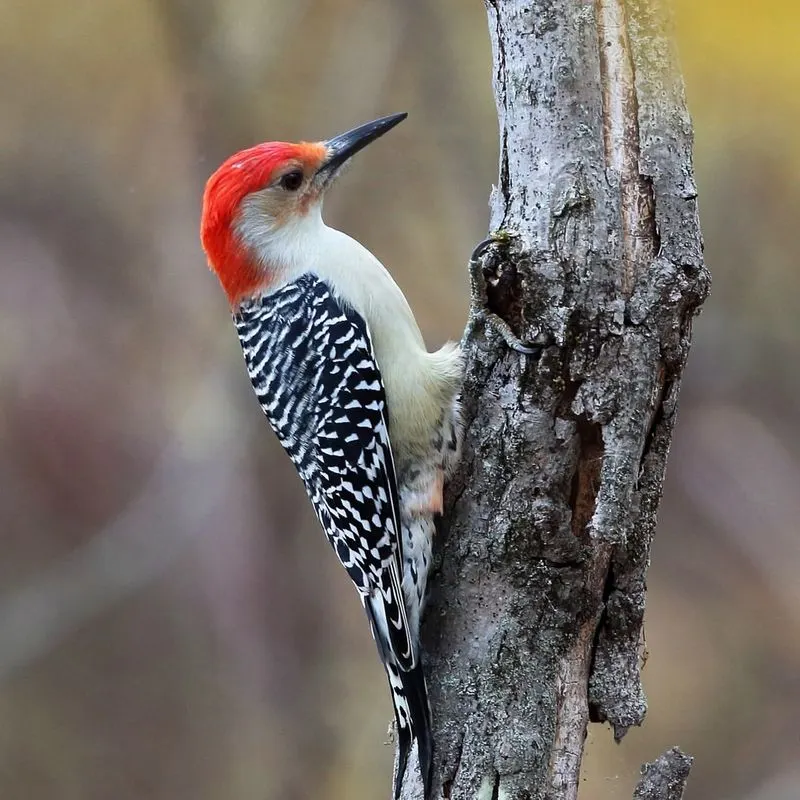
Woodpeckers communicate through drumming rather than singing. This rhythmic pecking serves as a powerful tool for marking territory and attracting mates. Each species has its own drumming pattern, much like a bird’s unique song. You might hear them tapping against trees, metal poles, or even wooden houses, creating a soundscape that can be surprisingly loud.
These birds use their strong beaks to produce rapid beats, a testament to their strength and endurance. Next time you hear this distinctive noise echoing through the forest, remember – it’s more than just noise, it’s a conversation.
Shock-Absorbing Skull
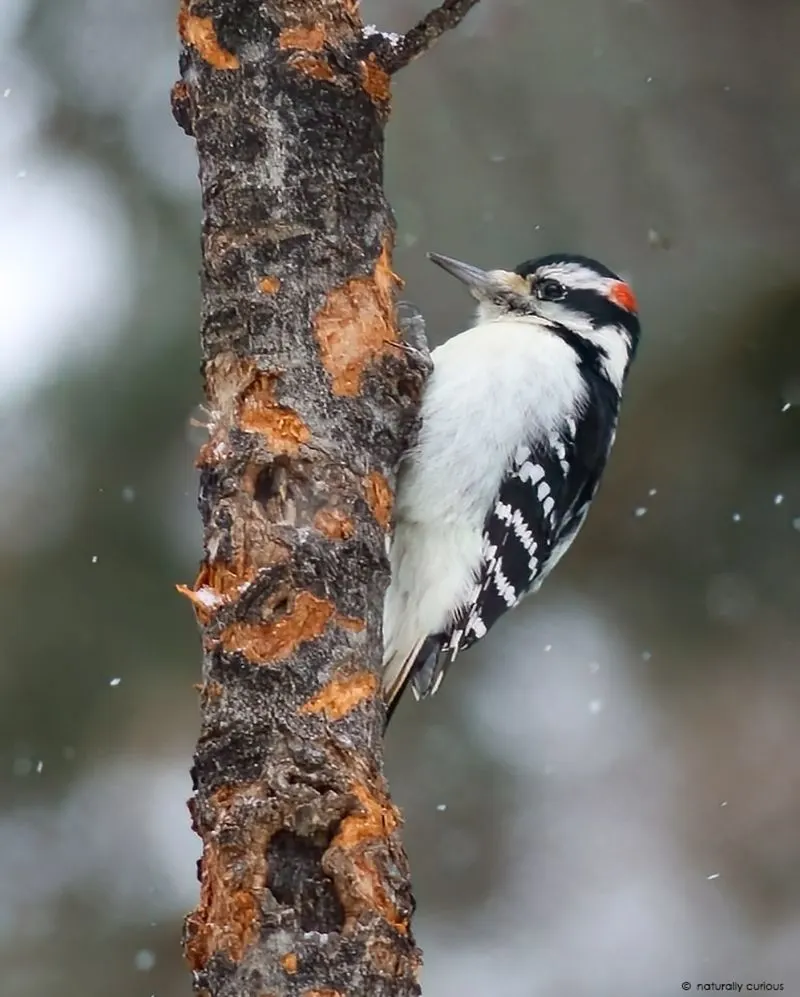
A woodpecker’s skull is a marvel of natural engineering, designed to withstand the high-impact forces of pecking. It acts as a crash helmet, protecting the bird’s brain from damage. This is achieved through a combination of spongy bone structures and special fluid sacs that absorb the shock.
Additionally, their brain is tightly encased, minimizing movement during impact. This adaptation enables woodpeckers to peck up to 20 times per second without harm. Observing this feature in action truly highlights nature’s ability to innovate and adapt.
Unique Tongue Design
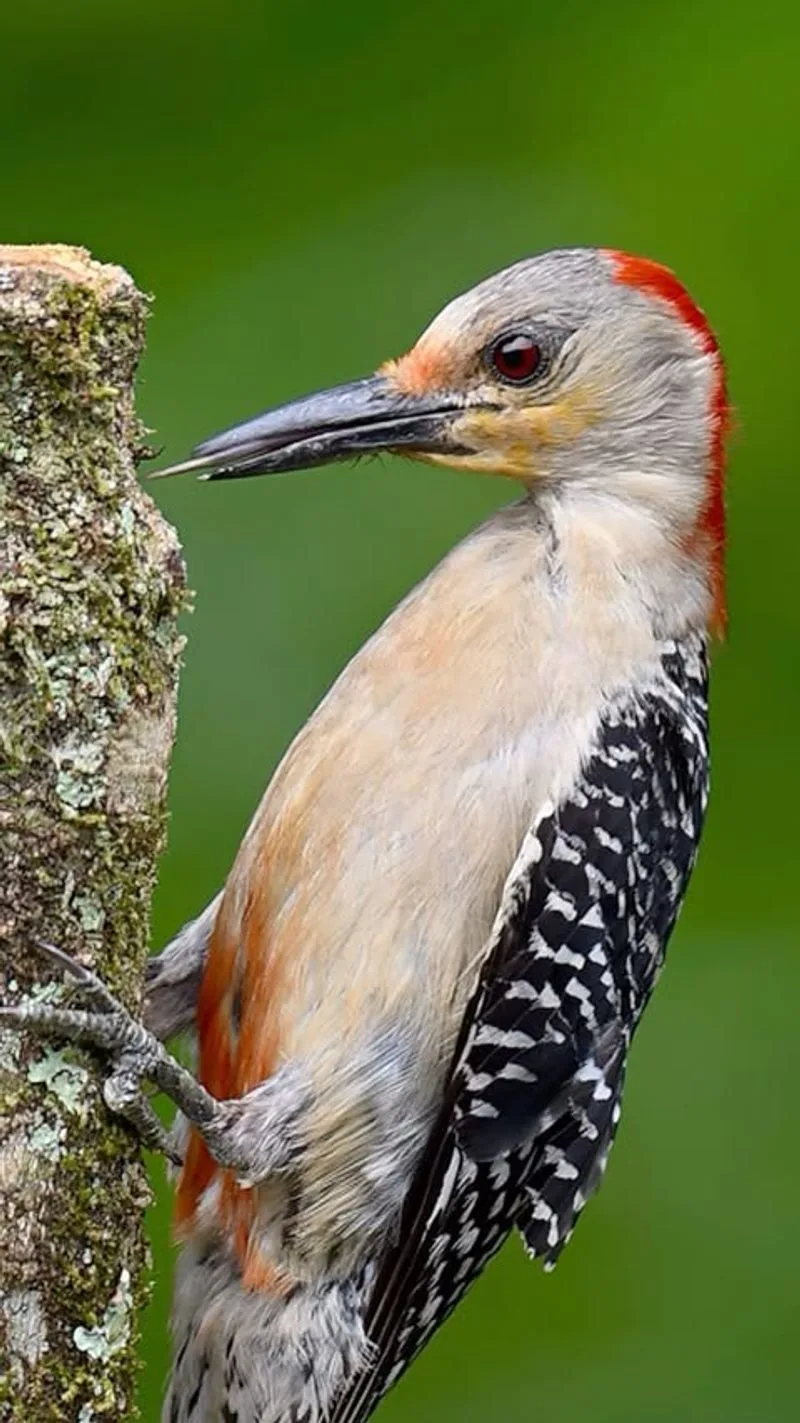
Woodpeckers possess a tongue that is both long and flexible, capable of reaching deep into crevices to extract insects. This remarkable organ wraps around the skull when retracted, a unique feature among birds. It’s tipped with barbs or sticky saliva, designed for snagging prey.
The tongue can extend twice the length of the beak, giving woodpeckers an advantage in foraging. Such an adaptation not only aids in feeding but also plays a crucial role in their survival strategy. This design is a testament to evolutionary ingenuity.
Zygodactyl Feet
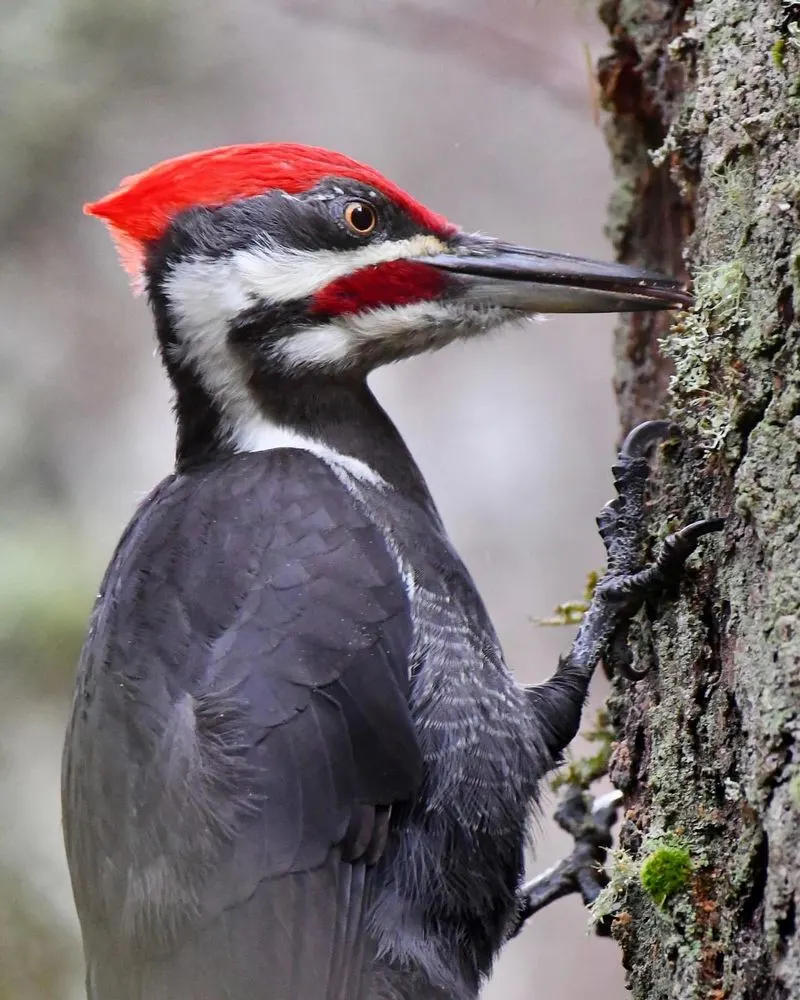
Woodpeckers have zygodactyl feet, featuring two toes pointing forward and two backward. This unique arrangement provides them with an exceptional grip on tree trunks, aiding their climbing ability. Unlike many other birds with three toes forward and one back, this configuration helps woodpeckers cling vertically as they search for food.
It’s a fascinating adaptation that allows these birds to inhabit niches other species cannot. This specialized toe arrangement equips woodpeckers with the stability needed for their distinctive tree-tapping lifestyle.
Tail Feathers as Braces
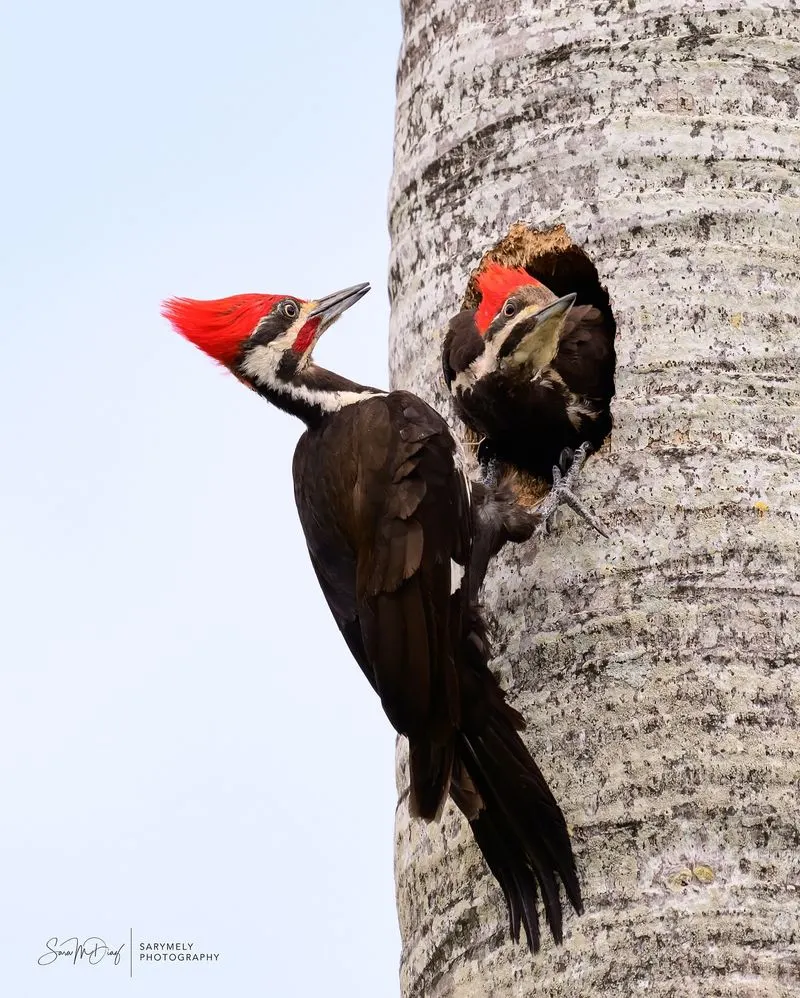
Woodpeckers use their stiff, pointed tail feathers as braces against tree surfaces, providing support as they peck. These tail feathers act like a third leg, enabling the bird to maintain balance and leverage. They’re reinforced with strong muscles and adapt to frequent, intense use.
This adaptation is crucial when hammering away at wood, allowing woodpeckers to maintain a stable position. Such a feature highlights the intricate adaptations that enable these birds to thrive in their arboreal habitats.
Diet Diversity
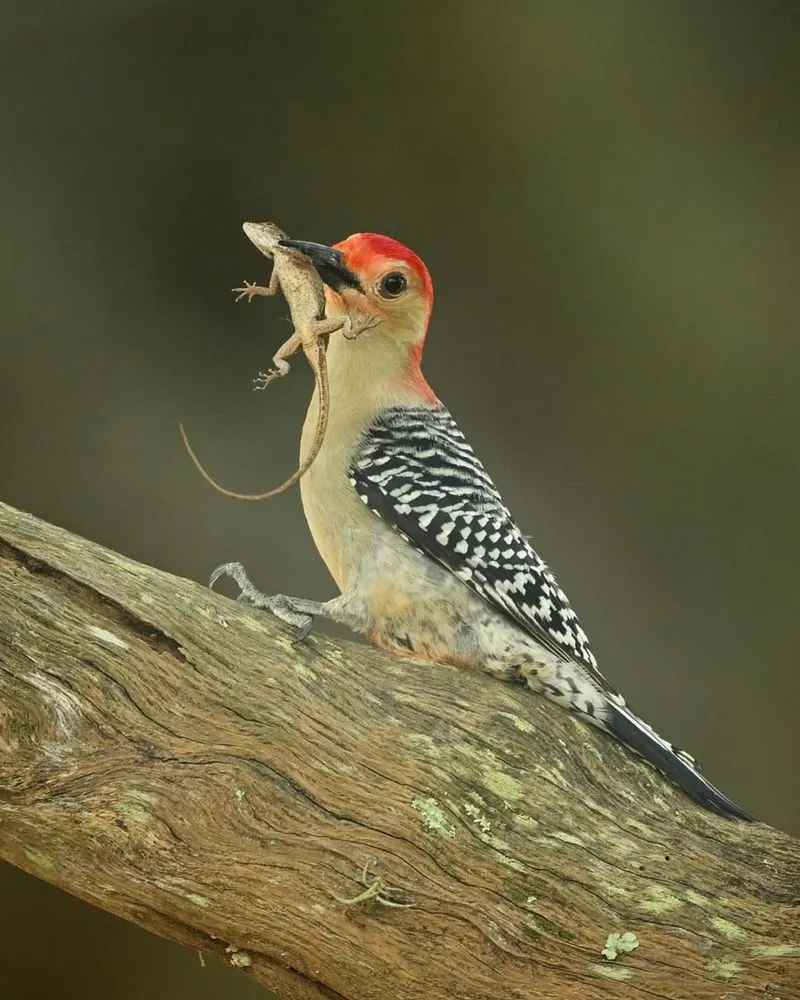
While primarily insectivores, woodpeckers enjoy a varied diet that includes fruits, nuts, and tree sap. This dietary flexibility allows them to thrive in different environments, making them resilient to seasonal changes in food availability.
Some species are even known to visit backyard bird feeders, sampling suet and seeds. This adaptability in diet showcases their opportunistic nature and ability to survive across diverse habitats. The woodpecker’s ability to diversify its food sources is a testament to its resilience and resourcefulness.
Nesting Habits
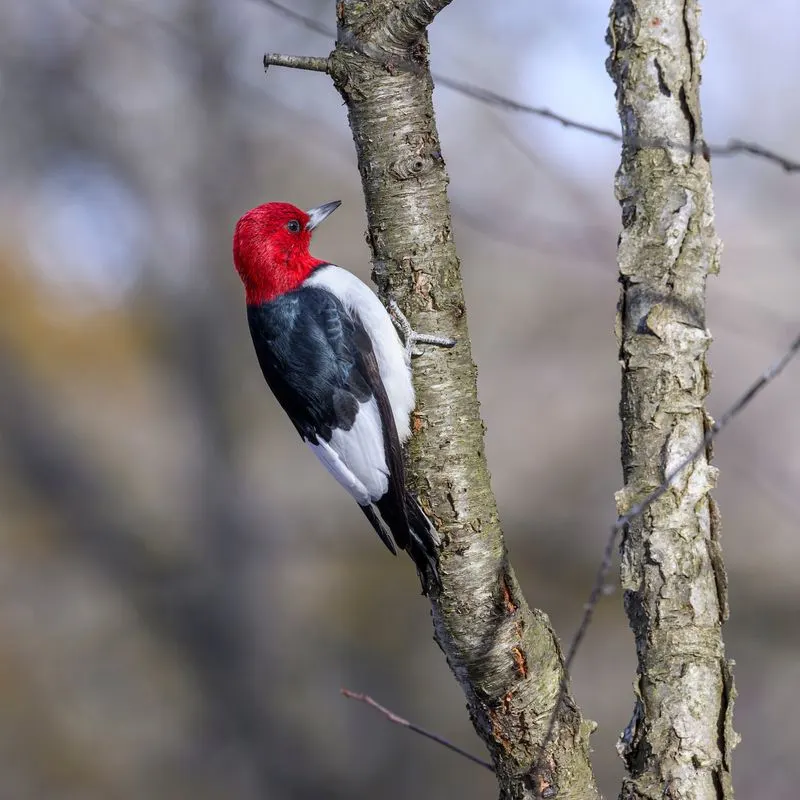
Woodpeckers are skilled carpenters, crafting nest cavities in trees with precision. These nests serve as a safe haven for raising young, protecting them from predators and harsh weather. Each breeding season, they excavate new sites, ensuring a fresh and secure environment.
The entrance is typically small, just large enough for the adults to enter, deterring larger predators. Such meticulous construction reflects their dedication to offspring safety and survival. Observing a woodpecker at work can be a captivating sight.
Migration Patterns
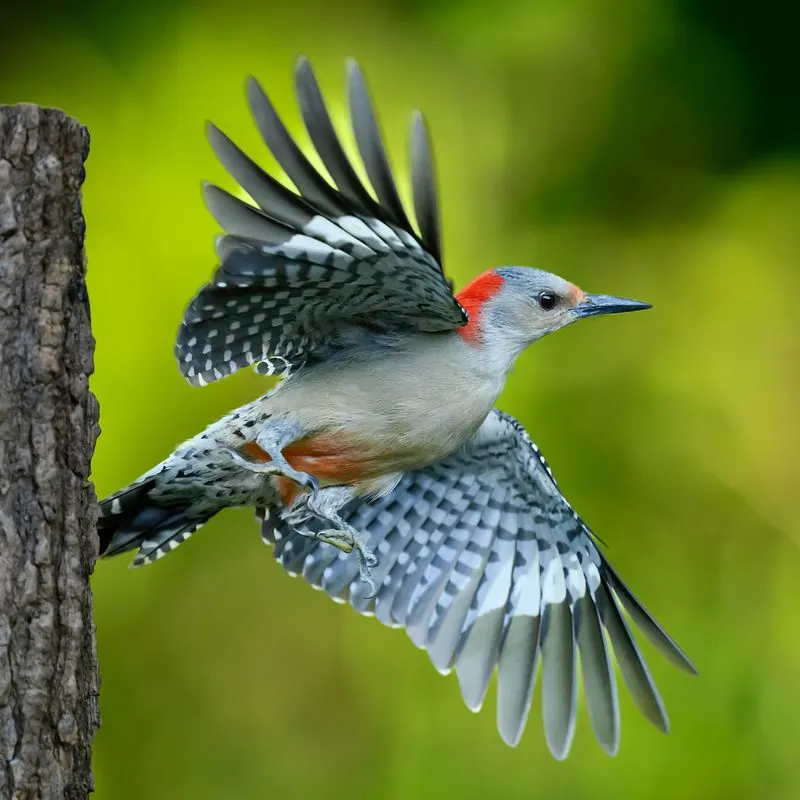
Not all woodpeckers migrate; however, some species travel extensively in search of food. These journeys can span thousands of miles, often prompted by changes in food availability or climate. Migration ensures survival during harsh winters when local food sources dwindle.
Species like the Yellow-bellied Sapsucker are known for their long-distance travels, while others remain year-round residents. Understanding these patterns provides insight into their adaptability and ecological role. Such movements highlight the dynamic nature of their lives.
Territorial Behavior
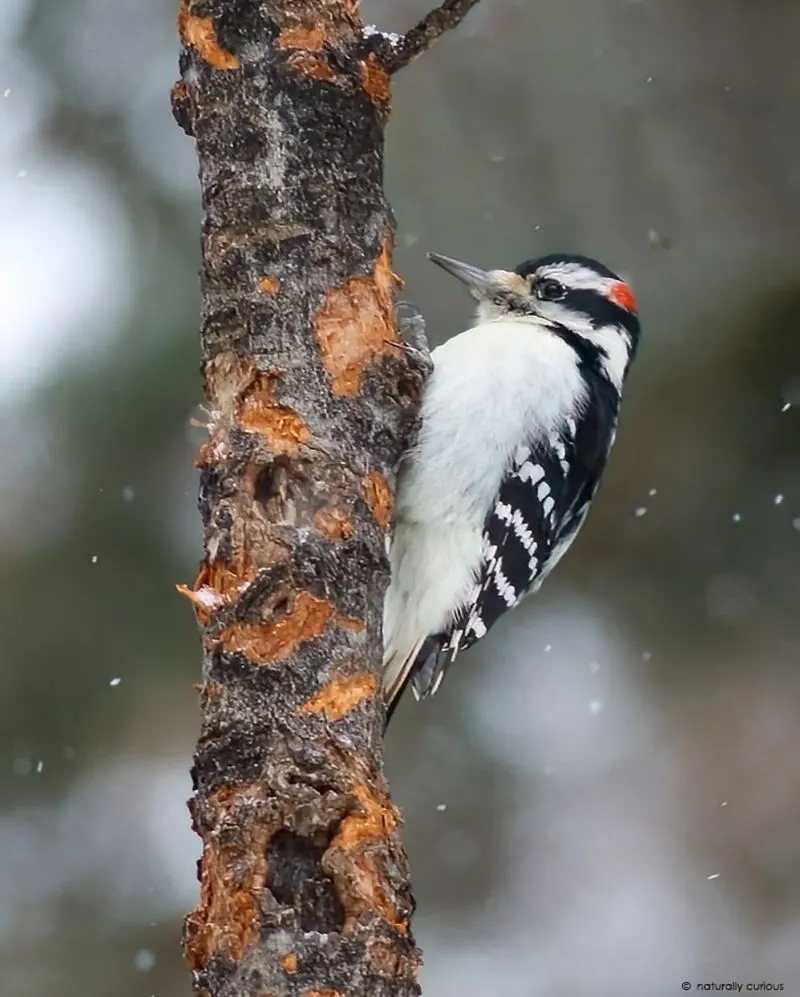
Woodpeckers are fiercely territorial, often engaging in displays to assert dominance. They use drumming, vocalizations, and physical posturing to defend their space. These birds are known to chase away intruders, sometimes even engaging in aerial combat.
A well-defended territory is crucial for securing food resources and nesting sites. This behavior underscores their assertive nature and the importance of space in their lives. Observing these interactions reveals a complex social structure and the challenges of survival in the wild.
Cultural Significance
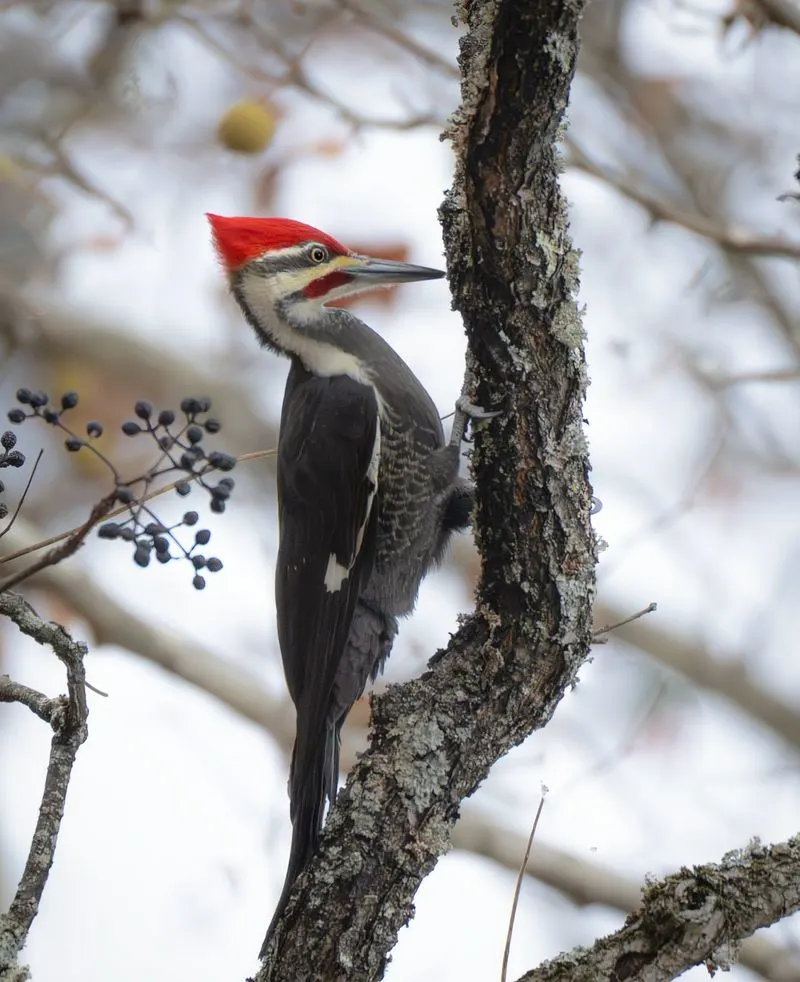
Throughout history, woodpeckers have held significant cultural importance in various societies. From Native American folklore, where they symbolize protection and steadfastness, to European mythology, they are often seen as omens or messengers.
These birds inspire art, literature, and even modern media, reflecting their enduring presence in human culture. Their distinctive behaviors and striking appearance make them subjects of fascination and reverence. Delving into their cultural impact reveals a rich tapestry of meanings and interpretations across different cultures.
Conservation Efforts
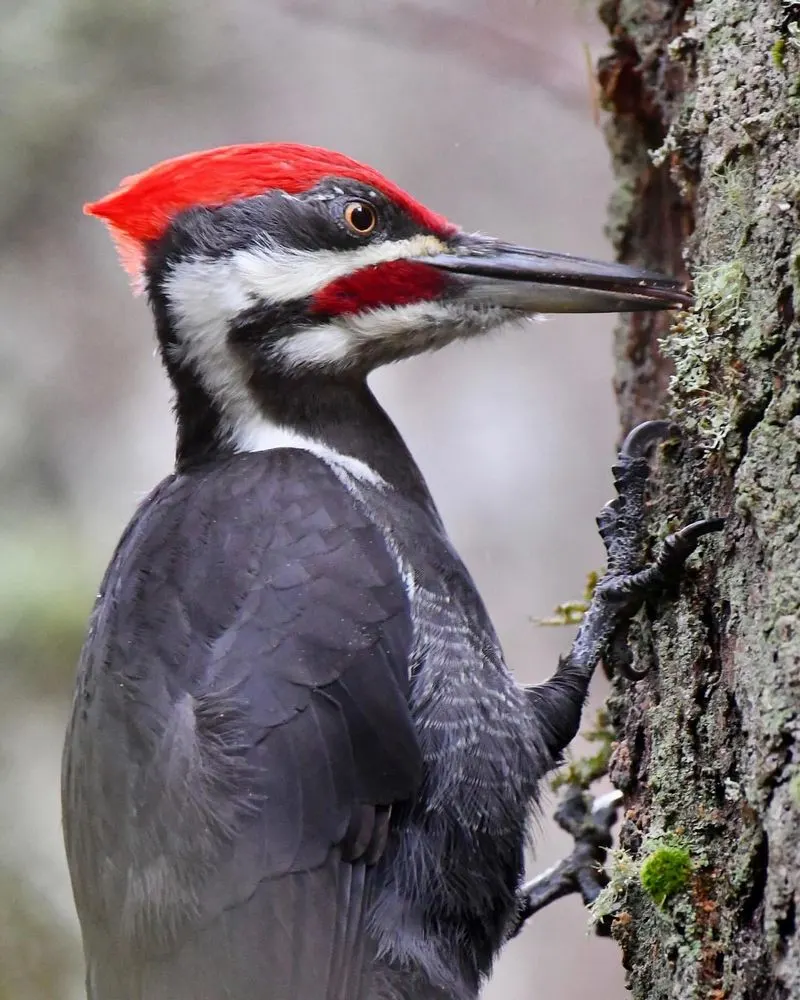
Conservation efforts are vital for ensuring the survival of woodpecker species, many of which face habitat loss and environmental threats. Organizations worldwide focus on preserving their natural habitats, conducting research, and educating the public.
Protected areas and conservation programs aim to maintain healthy populations. Public awareness campaigns highlight the importance of biodiversity and ecosystem balance. These efforts not only benefit woodpeckers but also enhance the health of entire ecosystems. Supporting these initiatives is key to safeguarding their future.

